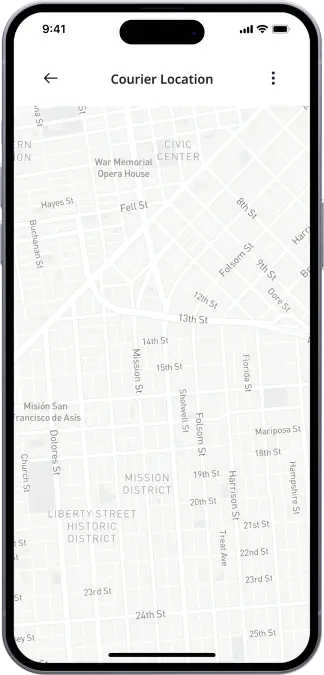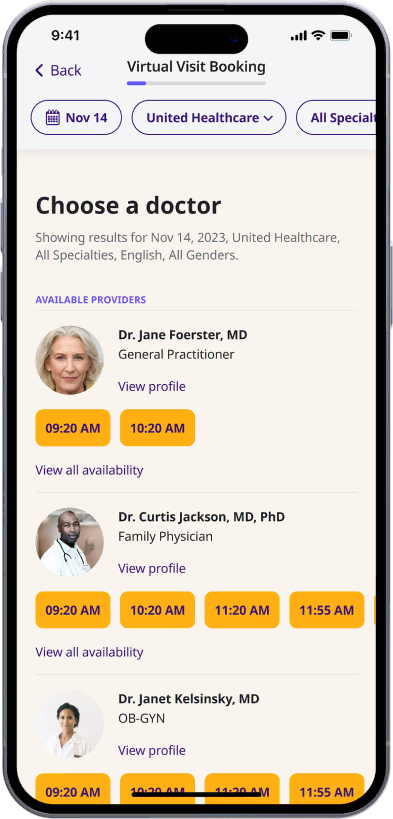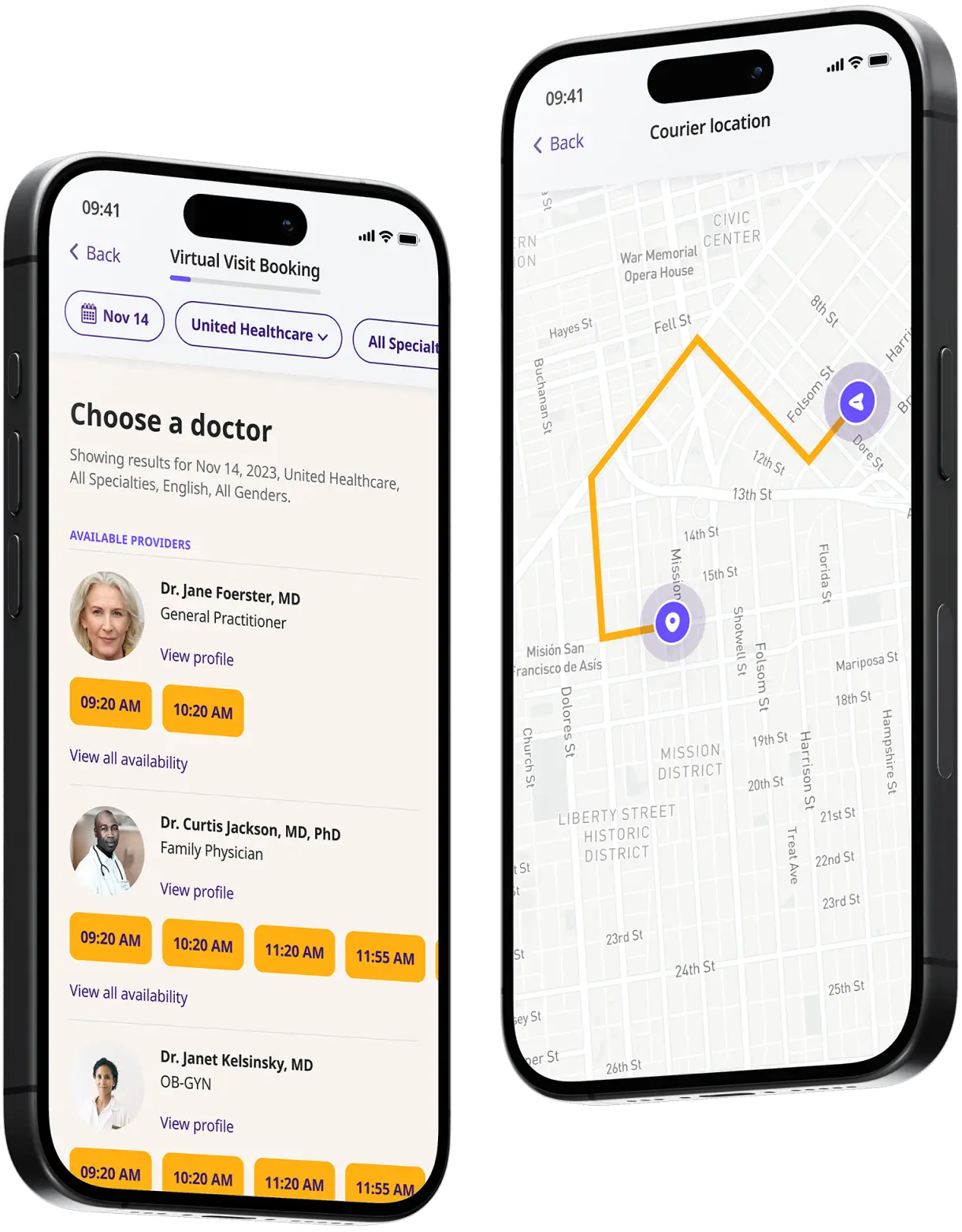Get an Amoxicillin Prescription Online
Get a prescription for amoxicillin now! Our doctors are available 24/7 in all 50 states.


Available in 50 states. Insurance accepted.
Fast
virtual visits
24/7 care
assistants
Prescriptions
as needed



See If Delivery Is Available Near You
Delivery Not Available
Enter your ZIP code to check if prescription delivery is available in your area and how soon your meds could arrive.
How to get started
Choose your doctor, start a virtual visit, and have your prescriptions sent to your preferred pharmacy for pickup — all in just a few easy steps.
Choose a doctor
Choose a physician by availability, specialty, ratings, and more.

Start a video call
Get connected with a doctor anytime, anywhere.

1-Hour Rx Delivery
Your prescription delivered to your door in 1 hour or less.

Available in 50 states. Insurance accepted.
One-Time
Physician Visit
One-time visit with a physician for diagnosis, treatment, Rx, labs, referrals, and doctor’s notes.
Accepted Insurances
See why people turn to DrHouse...
As seen in

Amoxicillin
Amoxicillin is a commonly used penicillin antibiotic used for the purpose of fighting bacterial infections and is present in a number of different brands including Amoxil, Moxatag, Amoxicot, DisperMox, and Trimox. It is used to treat a variety of bacterial infections such as chest infections, including pneumonia, and can also be used to treat dental abscesses.
Amoxicillin can also be used with another antibiotic, clarithromycin, in the treatment of stomach ulcers, such as the Helicobacter pylori infection, and can also be used with lansoprazole to reduce stomach acid. Available in the form of capsules or as a liquid, Amoxicillin is sometimes also given by injection, but only in a hospital environment. Amoxicillin is also a commonly prescribed antibiotic for children in the treatment of chest infections and ear infections.
What Is Amoxicillin Prescribed For?
Amoxicillin is prescribed as a treatment for bacterial infections, as opposed to viral infections. Predominantly, Amoxicillin is prescribed for different types of infections including the following:
- Sinus infections.
- Chest infections
- Ear infections
- Urine infections
- Some forms of dental infections, such as abscesses
Additionally, Amoxicillin can be prescribed to prevent an infection from occurring if the individual is at particular risk of getting infections. Amoxicillin can also be prescribed to get rid of the bacterial infection Helicobacter pylori, which is often found in people who experience duodenal stomach ulcers but will also be prescribed additional medications alongside it.
It is important to note that this type of medicine does not work for viral infections, for example, the common cold and flu.
How Does Amoxicillin Work?
Amoxicillin is an antibiotic that belongs to a specific class of drugs known as beta-lactams, which work by binding proteins and inhibiting specific processes inside the bacterial cells, also known as inhibiting cell wall biosynthesis. This reaction causes the cell walls to break down and destroys the bacteria inside. Amoxicillin begins to work very quickly after being taken by a patient, usually within 1 and 2 hours but the effects are not typically felt until a day or so later.
What Are the Side Effects of Amoxicillin?
Like all types of medicines, Amoxicillin can cause side effects, although not everybody gets them. There are common side effects, which include the following:
- Nausea or feeling sick
- Diarrhea
- Headaches
- Fatigue
If you experience the side effects, it is recommended to continue to take the medicine, however, you should speak to your doctor if these side effects do not go away or bother you. There are more serious side effects which are rare, and include the following:
- Discolored urine and stools
- Diarrhea or stomach cramps that contain blood or mucus, or severe diarrhea that persists for more than 4 days
- Skin rash with circular red patches
- Bruising or changes in the color of the skin
- Muscle pain or joint pain that begins 2 days after taking the medicine
Some of these side effects can occur up to 2 months after finishing the course of Amoxicillin. Additionally, people can have an allergic reaction to Amoxicillin, which is predominantly mild and usually in the form of skin rash, which can be treated by taking antihistamines, but in rare cases, Amoxicillin can cause anaphylactic shock.
Frequently Asked Questions About Amoxicillin
Can You Get Amoxicillin Over-The-Counter (OTC)?
No, amoxicillin is not available as an over-the-counter medication in the United States and is a prescription drug, meaning that only a doctor can prescribe it for you.
Can You Get an Amoxicillin Prescription Online?
Yes, you can easily obtain an amoxicillin prescription online through DrHouse. Our licensed physicians are able to conduct virtual consultations and prescribe amoxicillin if deemed appropriate after reviewing your medical history and current condition.
For more detailed information about amoxicillin, you can refer to the following sources:
- Amoxil prescription label, Food and Drug Administration (FDA).
- Amoxicillin, Drugs.com.
- Amoxicillin, MedlinePlus.
- Amoxicillin, U.S. National Library of Medicine.
The content on this page has been medically reviewed for accuracy and comprehensiveness by Amy Dougherty, FNP-BC, AGAC
Related services
Explore more of our services tailored to your needs and discover additional ways we can support your healthcare needs.
Frequently asked questions



